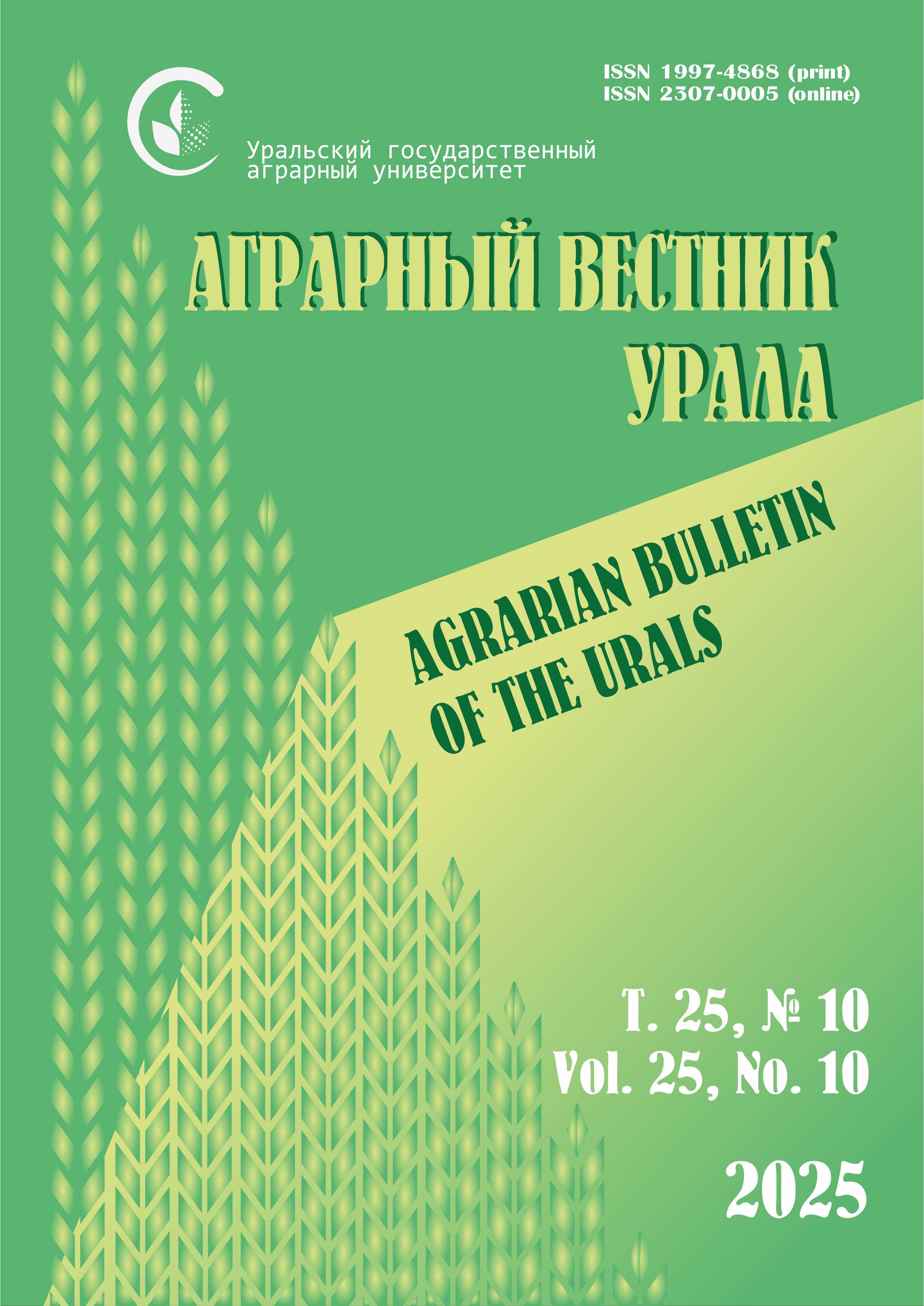Authors: D. A. Ivanov, G. Yu. Rabinovich, N. V. Fomicheva, O. N. Antsiferova
Federal Research Centre V. V. Dokuchaev Soil Science Institute, Moscow, Russia E-mail: This email address is being protected from spambots. You need JavaScript enabled to view it.
Abstract. At All-Russian Research Institute of Reclaimed Lands – a branch of the FRC V. V. Dokuchaev Soil Science Institute developed and successfully used multi-purpose compost obtained by fermentation of organic raw materials. The purpose of this work was to monitor the aftereffect of KMN, which consists in studying the productivity of seven-year crop rotation in various agrolandscape conditions and determining some biological indicators of soils at the end of rotation. Methodology and research methods. The studies were carried out on the agroecological transect of the All-Russian Research Institute of Reclaimed Lands testing ground, which intersects all landscape micropositions of the end moraine hill. The transect is divided into two parallel options (test field and control), identical in landscape terms. On the test field, under the laying of a sevenyear grain-grass crop rotation, 12 t / ha of multi-purpose compost was added. Subsequent agrotechnological operations on the options were the same. Results. It has been established that over several years the highest productivity of crop rotation crops was obtained at eluvial and eluvial-transit positions of the test field. Further, the dependence of agromicrolandscape – multipurpose compost – productivity of cultivated crops weakened. After the rotation of the crop rotation was completed, some biological indicators of soils were monitored. It was found that the number of nitrogen-transforming and phosphate-mobilizing microorganisms, as well as the activity of catalase and dehydrogenase enzymes in the test field is generally higher than in the control. Correlation analysis revealed several reliable relationships between the studied parameters on the test field. The main conclusion is that the effective aftereffect of multi-purpose compost is limited to five years of cultivating crops on soils with eluvial processes. Moreover, the application of KMN for seven years contributed to the preservation of soil fertility, ensured the formation of a more stable soil-microbial system, which is confirmed by the revealed correlation dependencies. Scientific novelty. New knowledge was gained about the long-term effect of compost on crop rotation productivity and biological indicators of soil properties at the end of rotation.
Keywords: monitoring, multi-purpose compost, aftereffect, soil, agromicrolandscapes, crop rotation productivity, microorganisms, enzymatic activity, correlation dependence.
For citation: Ivanov D. A., Rabinovich G. Yu., Fomicheva N. V., Antsiferova O. N. Monitoring posledeystviya komposta mnogotselevogo naznacheniya v razlichnykh agromikrolandshaftnykh usloviyakh [Monitoring the aftereffect of multi-purpose compost in various agromicrolandscape conditions] // Agrarian Bulletin of the Urals. 2020. No. 08 (199). Pp. 9‒18. DOI: 10.32417/1997-4868-2020-199-8-9-18. (In Russian.)
Download the full text of the article












